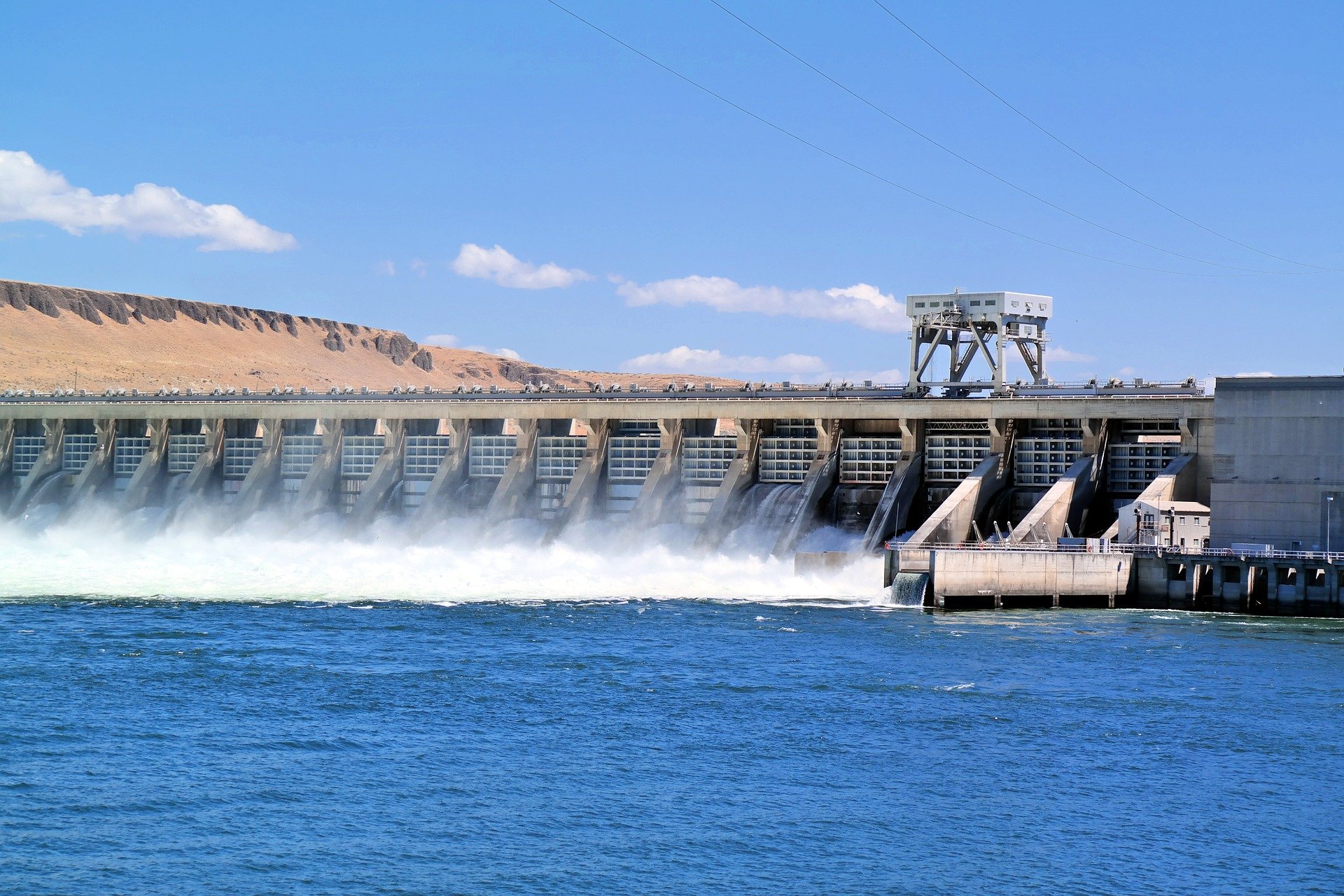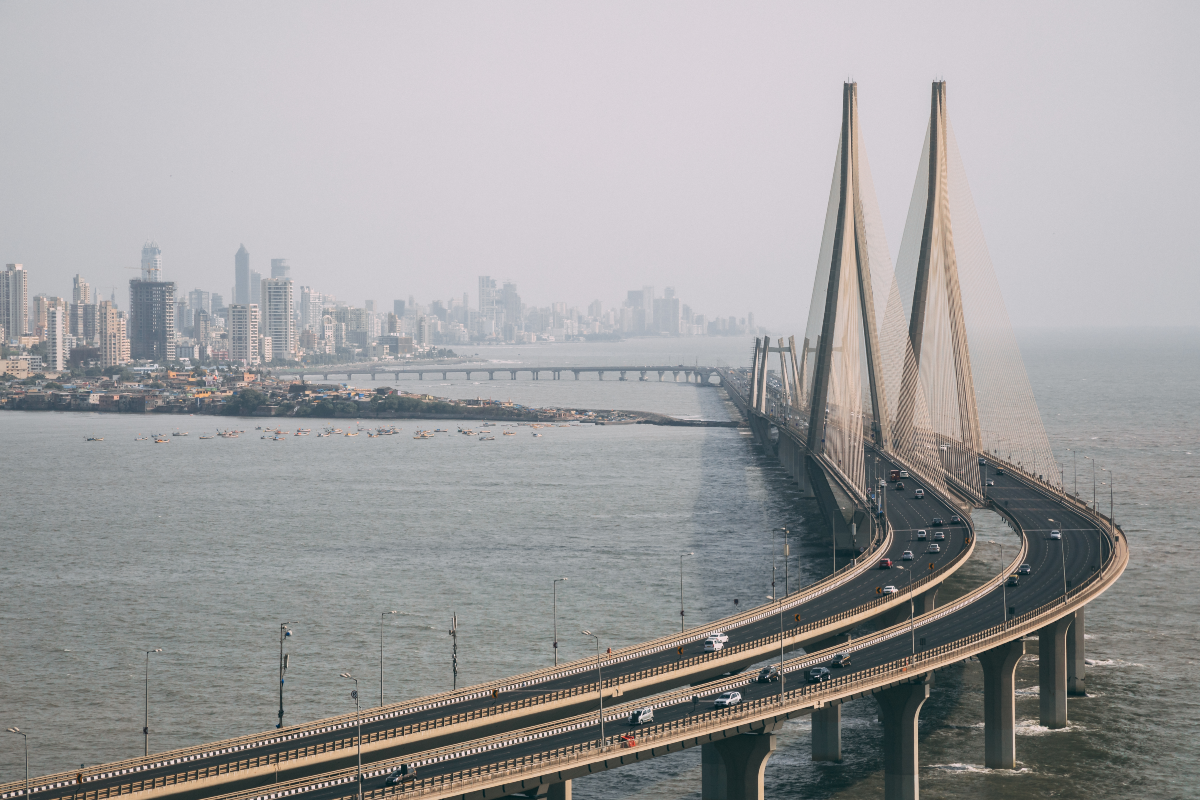
Benefits of ‘Early Warnings for All’ triples in vulnerable contexts
On 14 May 2023, cyclone Mocha hit Myanmar. Accompanied by sustained winds of 180-190 km/h and violent gusts, torrential rainfall and flooding, Mocha made the landfall in a context of compounding vulnerabilities. The cyclone’s storm surges extended miles beyond the impact zones as it hit the low-lying area of Sittwe (Myanmar) and south-southeast of Cox’s Bazar (Bangladesh), adjoining two bordering least developed countries in the Bay of Bengal. Physical vulnerabilities compounded as the cyclone sped across a densely populated coastal terrain and further exacerbated in the world’s largest refugee camp in Cox’s Bazar district, where around one million people live in makeshift and unsafe shelters.
15 years ago, a very similar storm hit this same coast – the 2008 cyclone Nargis caused more than 138,000 fatalities. Whilst cyclone Mocha intersected the most vulnerable of contexts, the impacts observed have been very different to previous storms.
Pinpointed accuracy of cyclone early warning was the game changer
Even in the context of compounding vulnerabilities, early warnings and effective preparedness efforts saved thousands of lives from cyclone Mocha. Thanks to the pinpointed accuracy of Mocha early warnings with considerable lead time, thousands of Rohingya from Myanmar were moved to safer areas until the cyclone passed. At camps for displaced Rohingya in Myanmar’s Rakhine state, where the storm hit harder, lives of the most at-risk were saved. Only about two dozen deaths have been reported by media in Myanmar.
Yet another example of an effective early warning system in the Arabian Sea is the cyclone Biparjoy which made landfall on 15 June 2023 (17-18 UTC) with wind speed of 140 kmph across the densely populated west coast of India’s Gujarat State, close to Pakistan border. No fatality was reported; only 47 people were injured during the cyclone.
Regional co-operation is key to early warnings of tropical cyclones
While our experiences observed through Mocha and Biparjoy exemplify the effectiveness of cyclone early warning, it is equally important to recognize the role of regional co-operation. The WMO/ESCAP Panel on Tropical Cyclone (PTC) established half a century back in the Bay of Bengal and the Arabian Sea, played a critical role in both instances. The Regional Specialized Meteorological Centre (RSMC) at Indian Meteorological Department, associated with the PTC had been able to forecast these cyclones precisely four days in advance, which gave sufficient lead time for the PTC member country authorities to maneuver the coastal communities to safer areas. The RSMC monitors cyclones throughout the Northern Indian Ocean, from the shores of Oman in West Asia to Myanmar in Southeast Asia and works closely with 13 PTC members to facilitate the delivery of early warning products and services of tropical cyclones, often characterized by transboundary origins and impacts.
Early warning for all is an imperative
The Sendai Framework for Disaster Risk Reduction 2015-2030 sets the expansion of multihazard early warning systems as a distinct target, Target G, to be achieved by 2030. Adding to the urgency of achieving this target is the global ambition set by the UN Secretary-General that every person on the planet is to be covered by an early warning system in the next five years. Countries with limited to moderate Multi-hazard Early Warning Systems coverage experience nearly eight times the mortality ratio compared to that in the countries with substantial to comprehensive coverage (Global Status of MHEWS: Target G report). While considerable gaps exist across Asia and the Pacific early warning systems, South and Southeast Asia has the lowest self-reported multi-hazard early warning system coverage. Notably, the Least Developed Countries (LDCs) and Land Locked Developed Countries (LLDCs) represent the lowest rates of coverage and large gaps remain for these countries.
The UN Executive Action Plan 2023-2027 of the Early Warnings for All Initiative will be piloted in 30 countries globally and 11 countries in Asia and the Pacific that include Bangladesh, Cambodia, Fiji, Kiribati, Lao PDR, Maldives, Nepal, Samoa, Solomon Island, Tonga, and Tajikistan. Most of these countries are high risk small island developing States (SIDS), LDCs and LLDCs.
Asia and the Pacific seeks to reduce annual losses by over US$115 billion
Capitalizing on the framework to estimating the cost-benefit of investments in hydro-met services (WMO, World Bank), ESCAP estimates that with investments in modernizing early warning systems, Asia and the Pacific seeks to reduce annual losses due to hydromet disasters by over US$115 billion – this is equivalent to an average reduction in economic losses of around 0.36 per cent of the regional GDP each year. And yet, the Early Warnings for All 11 pilot countries from the region would expect an average of 1.14 per cent GDP equivalent in benefits, with Tonga estimated to see the highest benefits as a percentage of GDP at 2.87 per cent.
Per capita, the Pacific subregion would benefit the most. In absolute terms, East and North-East Asia would benefit the most with expected US$67 billion in reduction of losses each year followed by South and Southwest Asia US$40 billion each year.
Need for a regional strategy
Achieving the objective of Early Warnings for All is critical in Asia and the Pacific, the world’s most populous and disaster-affected region. Furthermore, not only are climate-related disasters on the rise, but their impacts are also increasingly transboundary. Efforts to implement the Executive Action Plan at the country level could benefit from a regional strategy that seeks to build transboundary synergies. Mocha and Biparjoy cyclones highlight the success of regional strategies implemented through PTC as well as the tripling of benefits to at-risk communities in vulnerable contexts. The upcoming ESCAP Committee on Disaster Risk Reduction from 25 to 27 July 2023 is focused on the further development of a regional strategy to achieve early warnings for all by 2027 in Asia and the Pacific.
By:
Sanjay Srivastava, Chief, Disaster Risk Reduction
Temily Baker, Programme Management Officer
Soomi Hong, Associate Economic Affairs Officer
Madhurima Sarkar-Swaisgood, Economic Affairs Officer
Daisuke Maruichi, Economic Affairs Officer
The views and opinions expressed in this blog are those of the author and do not necessarily reflect those of the Coalition for Disaster Resilient Infrastructure (CDRI).
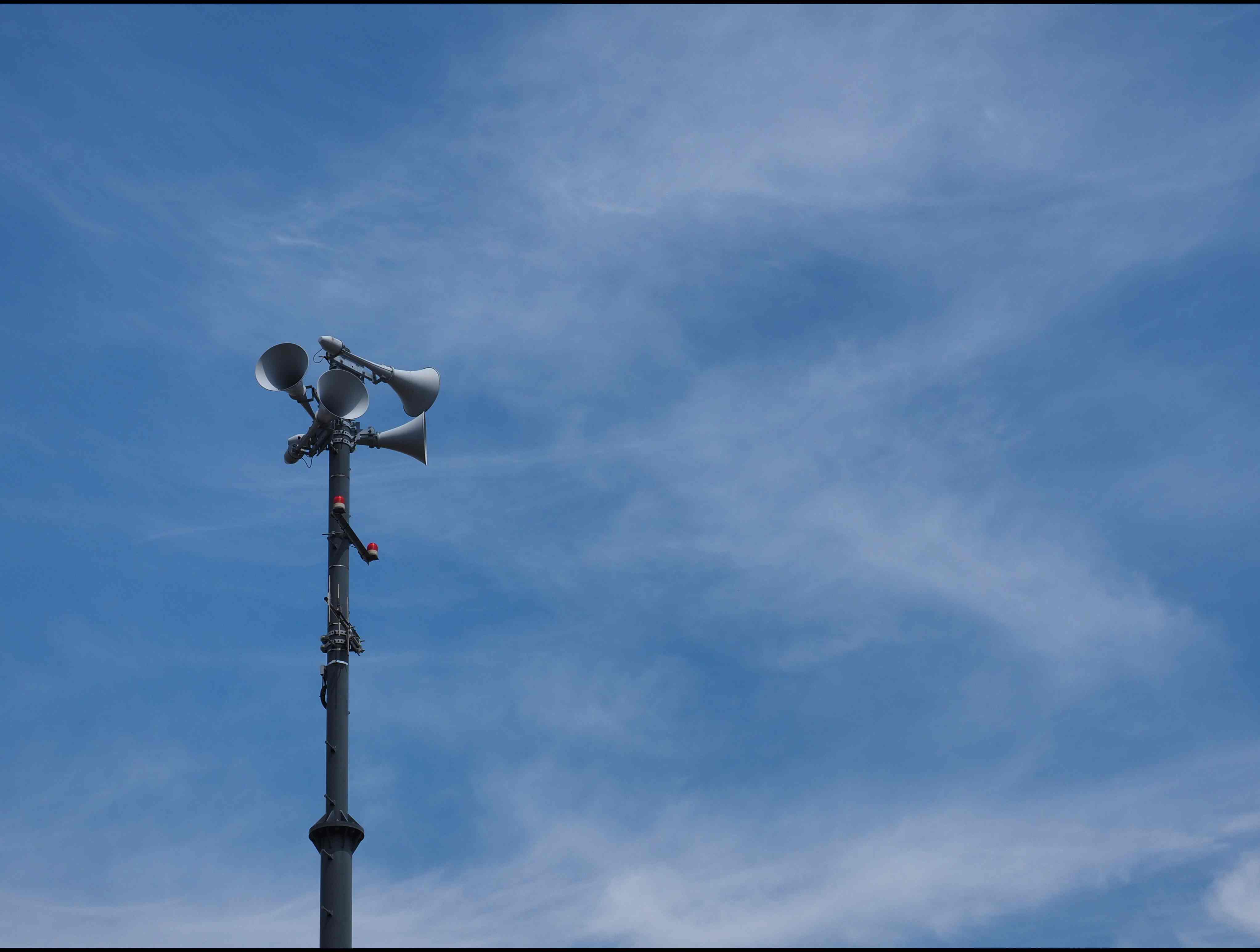
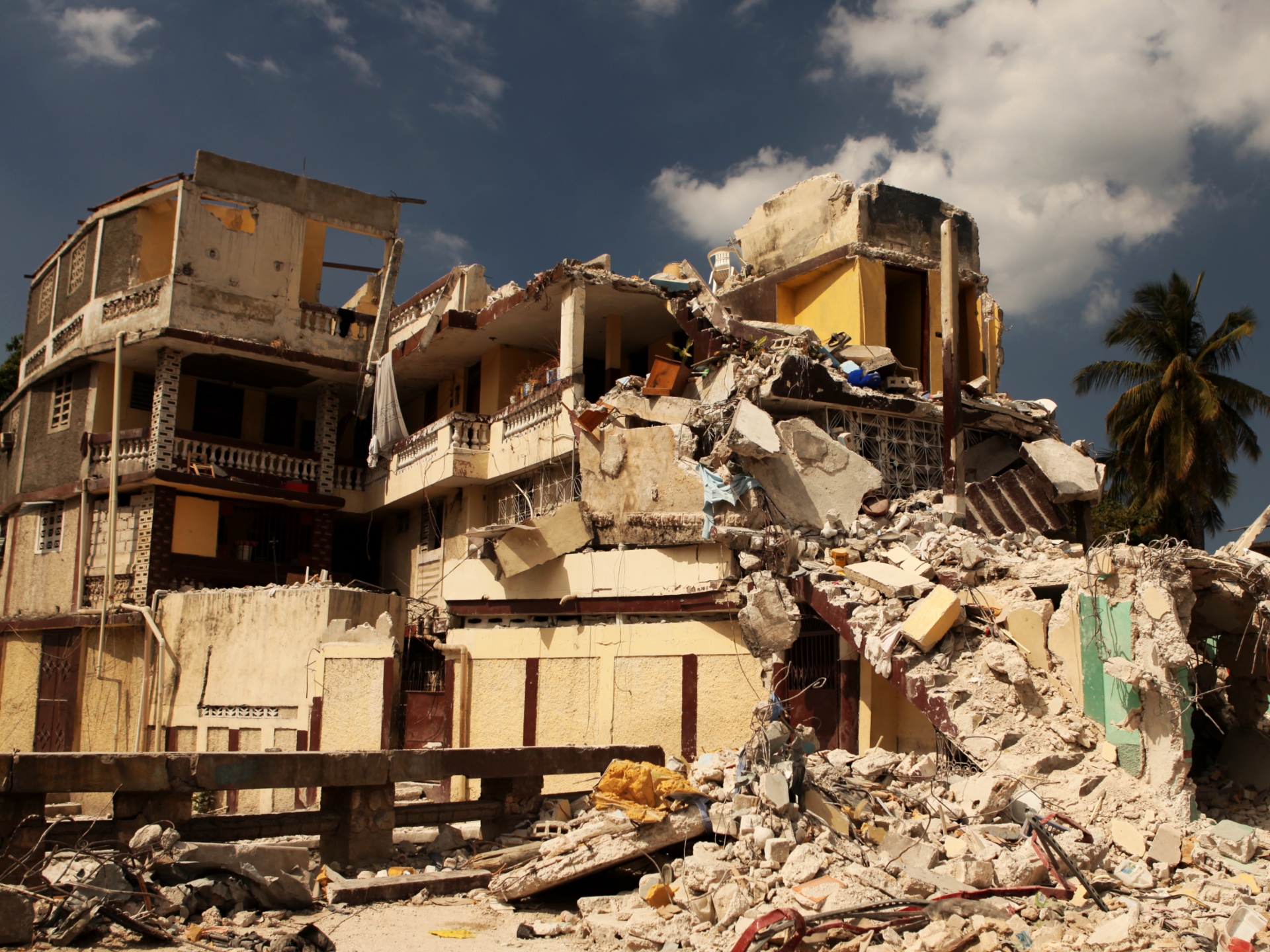
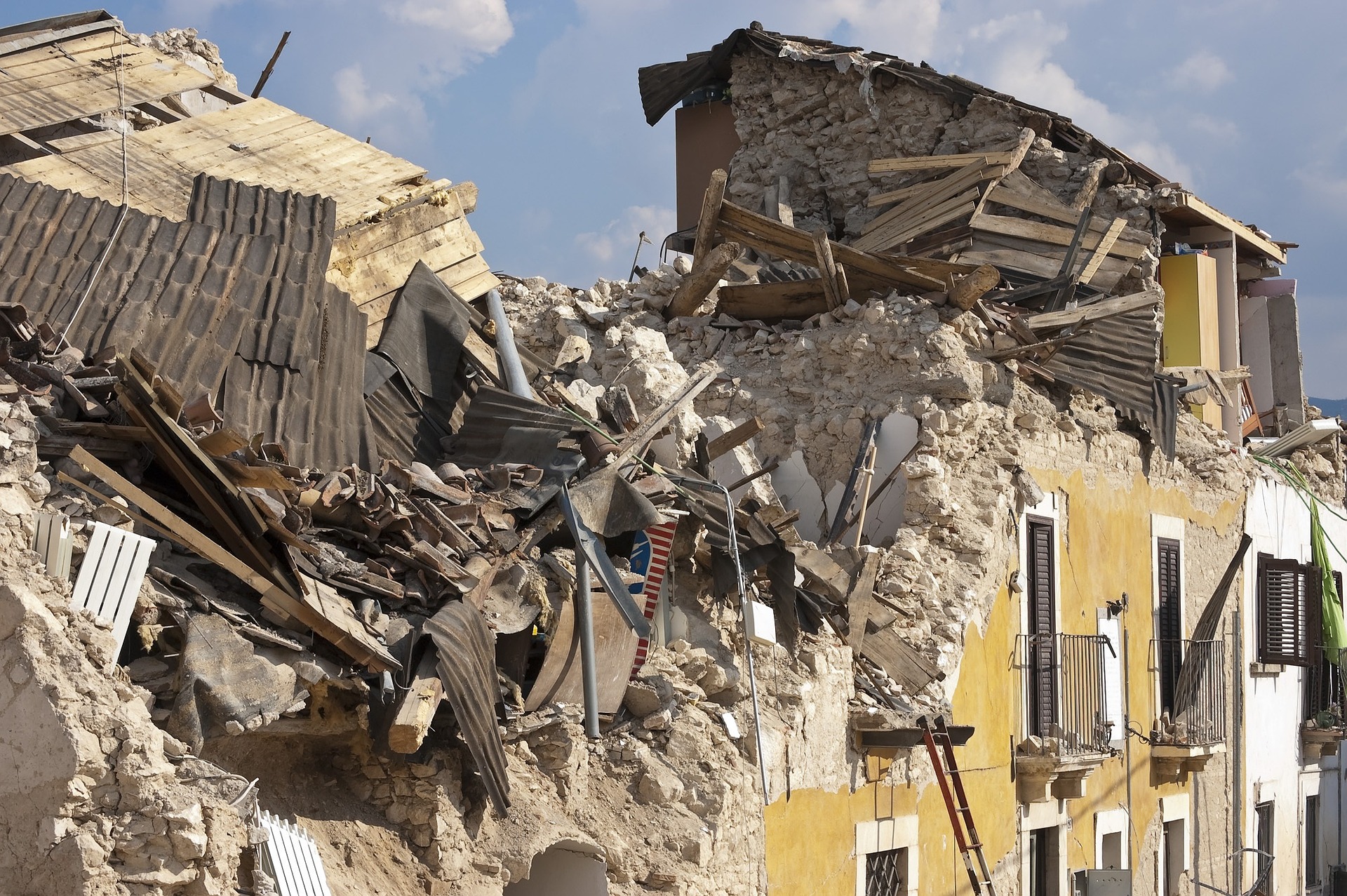
.jpg)
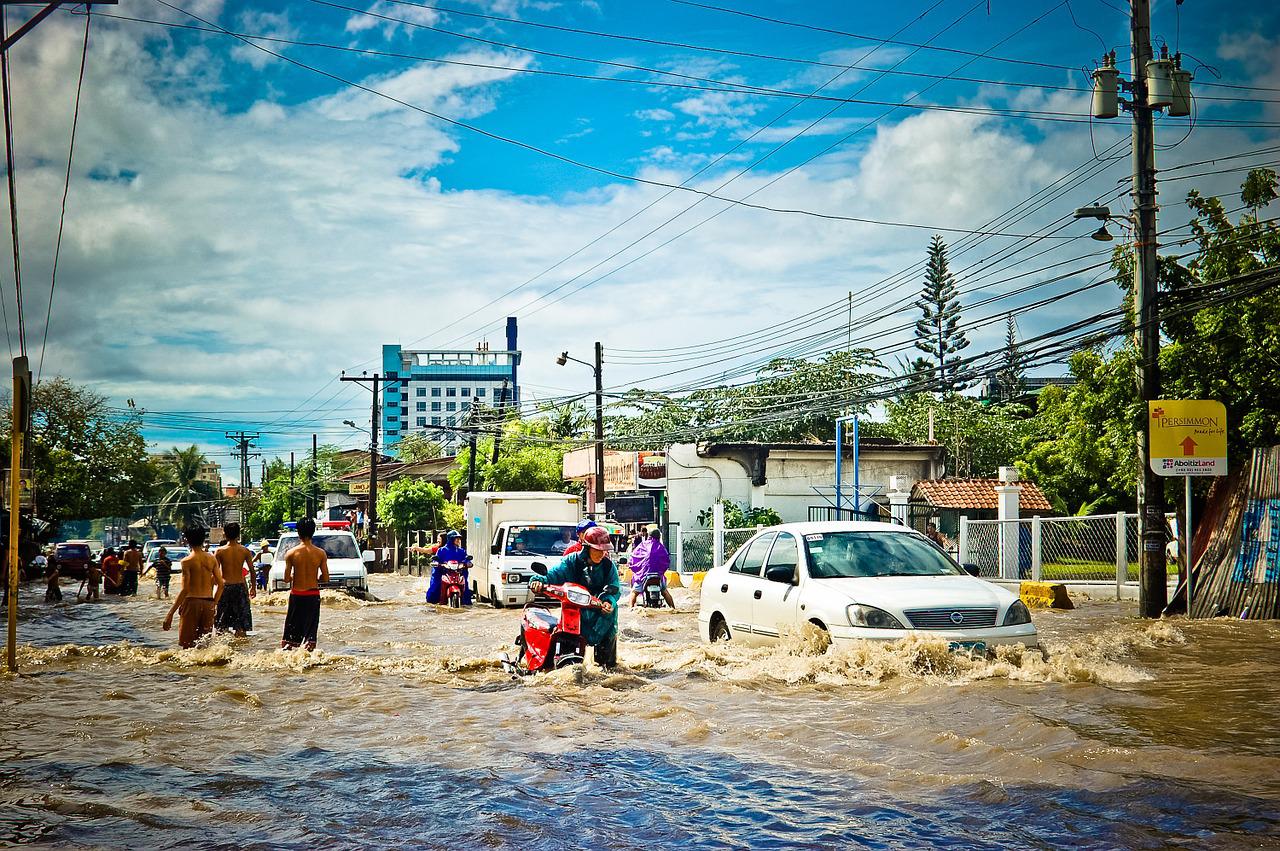
.jpg)
